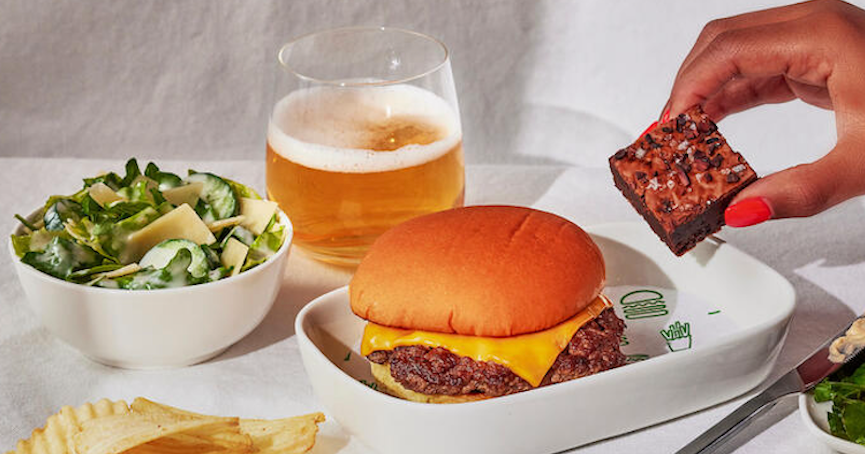The oldest Chinese restaurant in America
The oldest continuously-running Chinese restaurant in the U.S. isn't in San Francisco or New York. It's in, of all places, Butte, Montana.
The Pekin Noodle Parlor opened in 1911. Jerry Tam's parents, Danny and Sharon, were the third generation of the family to run the restaurant.
"This was a traditional mom-and-pop restaurant, where my mom used to work here, my dad worked here," said Tam. "I have four older sisters that all worked here. My first job was washing dishes. And still, I'm still washing dishes today!"
Walking around the Pekin Noodle Parlor can feel like walking back in time – like its iconic booths. "They were originally put up in the early 1900s for privacy," said Tam.
"This is sort of social distancing from 100 years ago," said correspondent Luke Burbank.
Tam's father read that the unusual orange color stimulated appetite.
Speaking of unusual things, the Pekin is actually up on the second floor of the building. The first level, said Tam, was at one point a herbal shop. "And then we go to the sub-level, where it was all the illegal gaming."
There are dusty keno boards, old betting slips, slot machines, and even the suitcase that Tam's father brought over in 1947, when he was just 14 years old: "It was just him and this suitcase."
Burbank said, "It's a pretty amazing thing to think about this whole building we're in, all the people who've eaten in the restaurant, and the people who've gambled down here in the basement, all those experiences …"
"… Stems from one man, his vision to come to America," Tam said.
Technically, it was more than just one man, going back generations of Tam's family and extended family.
The history of Chinese-Americans in the West is almost as old as the American West itself. In the 19th century, tens of thousands of Chinese, mostly men, came to work on the railroads, or in mining. But they weren't always so welcome, according to author Jennifer 8 Lee: "Starting in, like, the 1870s and onward, there's huge waves of anti-Chinese violence. You know, there were shootings, there were beatings, there was lynchings."
The hatred culminated in the Chinese Exclusion Act of 1882. "It was the first time actually in American history that the concept of illegal immigration was introduced," said Lee.
One of the ways Chinese immigrants got around the law was the so-called "lo mein loophole," which allowed restaurant workers into the country. From 1910 to 1930, the number of Chinese restaurants quadrupled.
Today, there are more Chinese restaurants than McDonalds.
To cater to local tastes, Chinese restaurants in America created a cuisine quite distinct from the food in China. For instance, chop suey: "The word chop suey in Mandarin is zasui, which means basically odds and ends," said Lee. "So, we actually thought as the United States, for a long time, that, like, chop suey was, like, the national dish of China. This is what emperors ate!"
Today the Pekin Noodle Parlor still proudly serves up its chop suey, along with all sorts of other time-honored favorites: sweet and sour shrimp, pork fried rice, and noodles.
Jerry Tam isn't sure how much longer the Pekin will be serving its noodles. Like everyone, they've been hit hard by the pandemic. But one thing is clear: His family's place in American history is here to stay.
"We've been through the Spanish flu, we've been through two World Wars," said Tam. "So, I guess people in Butte, they love my father, they love the restaurant, and they would never want to see anything happen to it."
For more info:
- Pekin Noodle Parlor, Butte, Mont. (Facebook)
- jennifer8lee.com
Photos graciously provided by Roadside Architecture
Story produced by Anthony Laudato. Editor: Carol Ross.
Recipes:







